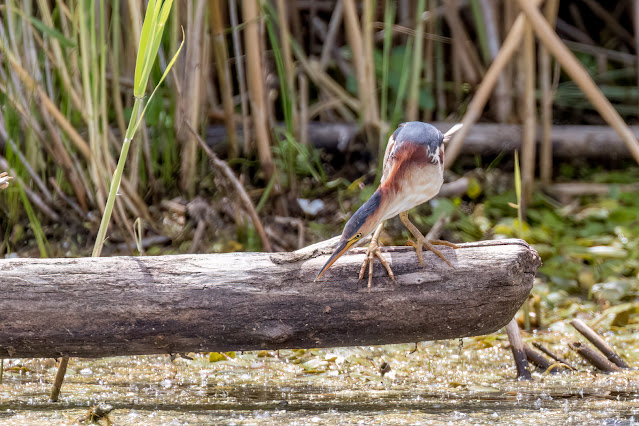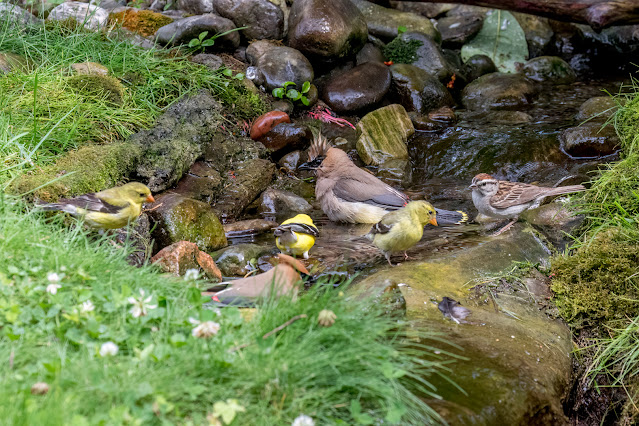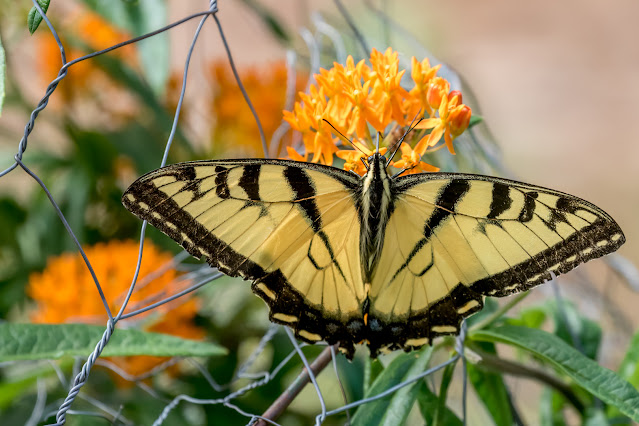Lots of birds like the suet including red-bellied, hairy, downy, and red-headed woodpeckers. Bluejays, grackles, red-winged blackbirds, and house sparrows. When you are small, you wait. Rondeau Provincial Park, July 10, 2022. Sitta carolinensis The White-breasted Nuthatch is normally territorial throughout the year, with pairs staying together. The male has to spend more time looking out for predators when he’s alone than while he’s with his mate. That’s the pattern for most birds, and one reason why birds spend so much time in flocks. But the female nuthatch has to put up with the male pushing her aside from foraging sites, so she spends more time looking around (for him) when he’s around than when she is alone. source- Cornell Lab of Ornithology.

















